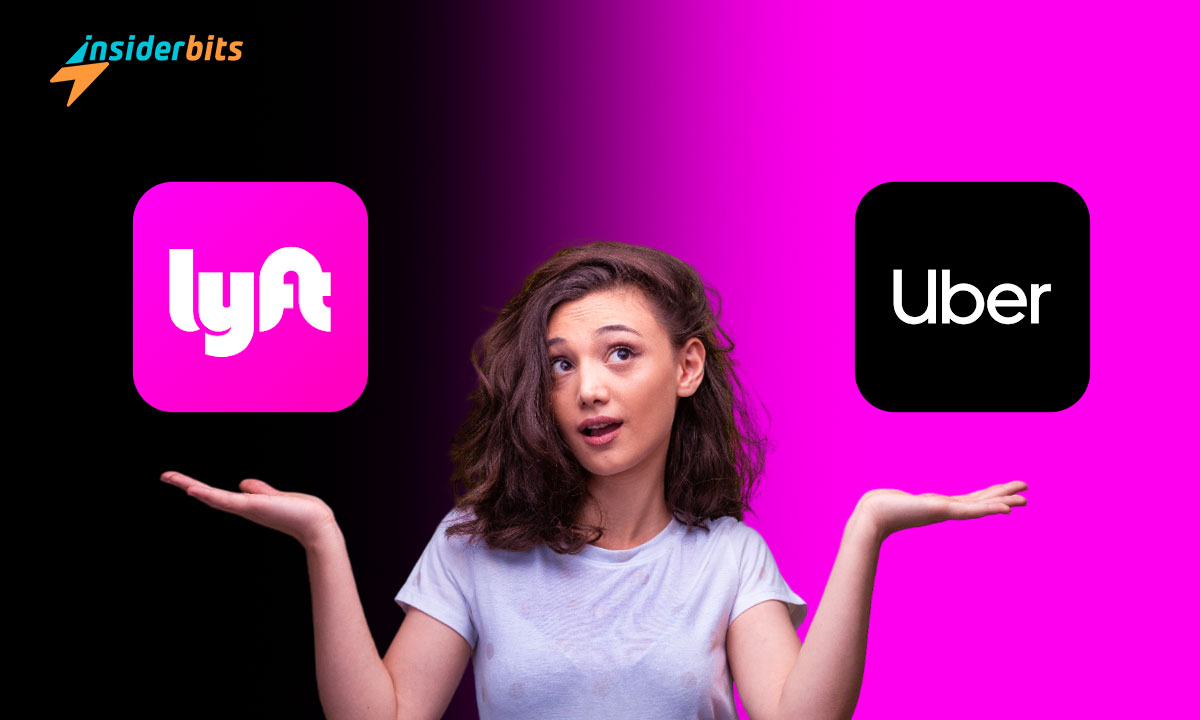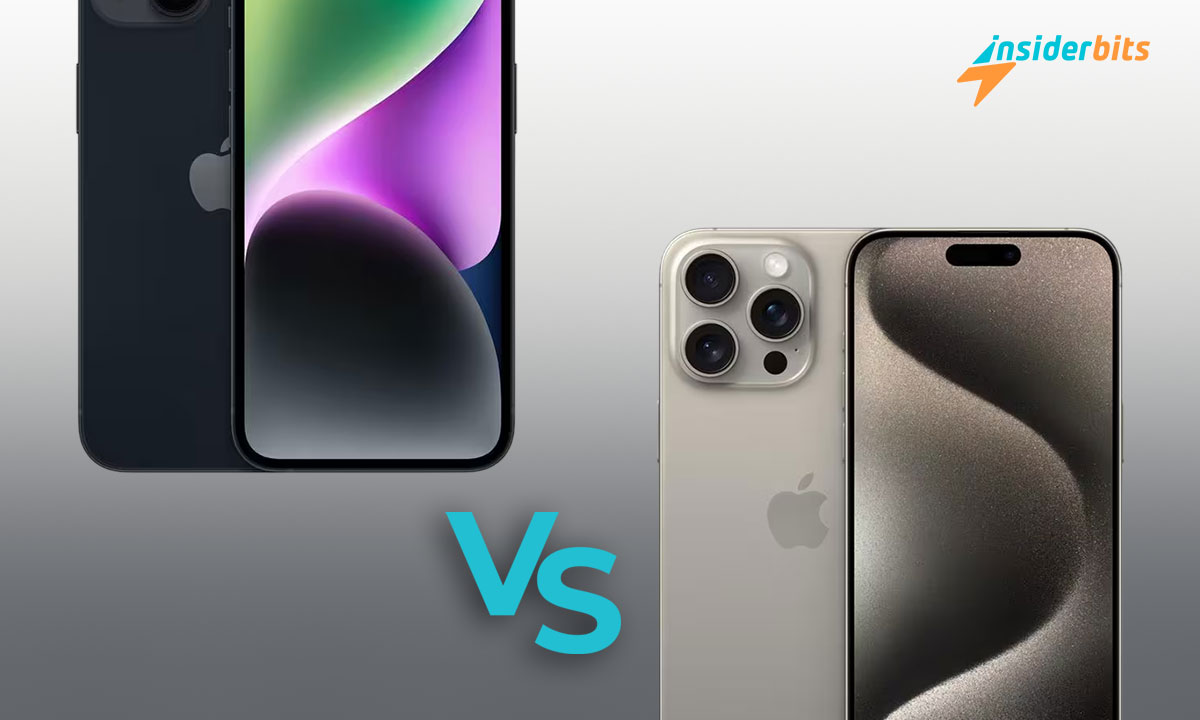In the realm of transportation apps, Uber and Lyft stand out as leading choices for modern commuters. Uber, known as “Everyone’s private driver,” and Lyft, dubbed “Your friend with a car,” offer distinct experiences in the ride-hailing landscape.
This comparison delves into the key differences between Uber and Lyft, exploring factors like pricing, service options, geographical coverage, and user preferences.
By examining these aspects, users can make informed decisions on which transportation app aligns best with their needs.
What Are the Main Differences Between Lyft and Uber
Here are the key distinctions of these transportation apps:
- Geographical Coverage: Uber operates in 58 countries and over 300 cities globally, while Lyft is limited to the U.S. (46 states) and Canada.
- Service Options: Uber offers services like UberX, UberXL, UberSUV, UberWAV, and UberSELECT, catering to different customer needs. In contrast, Lyft provides services like Original Lyft, Lyft Premier, Lyft Lux, Lyft Lux SUV, and Lyft Line.
- Driver Mandates: Uber requires drivers to use vehicles with four doors, in good condition, and undergo a basic vehicle inspection. Lyft drivers must have an inspection-approved vehicle with a model year of 2006 or newer, pass a background check, and have a clean driving record.
- Payment Systems: Lyft pays drivers weekly, with options for direct payment after completing a ride and an express pay system. Uber also offers weekly payments and a cashout option, taking around two to five days to appear in the driver’s bank account.
These differences in geographical reach, service offerings, driver requirements, and payment methods distinguish Lyft and Uber, catering to the different preferences and needs of both riders and drivers.
What Are the Differences in Pricing Between Lyft and Uber?
The differences in pricing between Lyft and Uber can vary significantly depending on the location, time of day, and demand for rides.
According to a study by CashNetUSA, Uber is the more affordable option in the majority (33) of U.S. states, with Wisconsin having the most substantial gap, where a six-mile ride costs $4.71 less with Uber.
However, in some cities, Lyft can be significantly cheaper, with the biggest price difference found in New Orleans, LA, where an average Uber trip is roughly $12.20 cheaper than a Lyft trip.
In addition, the pricing structure of both companies is dynamic, meaning prices can change based on supply and demand, making it challenging to provide a definitive answer on which service is consistently cheaper.
Therefore, it’s recommended to compare prices between the two apps before each ride to ensure you’re getting the best deal.
4.7/5
The Differences in Driver Requirements Between Uber and Lyft
The differences in driver requirements between Uber and Lyft are relatively minor, but there are some variations in the specifics.
For both transportation apps, drivers must be at least 21 years old, have a valid driver’s license, and pass a background check.
However, Uber requires a minimum of one year of driving experience in the U.S., while Lyft requires a minimum of one year of driving experience in the U.S. for drivers aged 25 and over and three years of driving experience for drivers under 25.
In terms of vehicle requirements, both Uber and Lyft require vehicles to have four doors and be in good condition, but the specific age and condition requirements may vary depending on the services that the driver seeks to offer.
For instance, Uber requires vehicles to be no older than 15 years, while Lyft requires vehicles to be no older than a 2008 model in some regions.
Additionally, Uber vehicles should have no cosmetic damage or commercial branding, while Lyft vehicles must be able to open and close from both inside and outside, with at least five seat belts and functioning lights.
Safety Features on Uber and Lyft Apps
Both Uber and Lyft transportation apps have implemented various safety features in their apps to ensure the safety of their users. These features include Trusted Contacts, which allows riders to share their trip details with their loved ones, and 24/7 customer support, which enables riders to get help whenever they need it.
Uber also has a Real-Time ID Check feature that verifies drivers’ identities by matching a selfie to their official profile photo.
Similarly, Lyft has a Smart Trip Check-In feature that detects any unusual vehicle movement or changes in the drop-off location and reaches out to both the driver and passenger to check-in.
Additionally, both apps have an emergency button that riders can use to discreetly connect with a Trane ADT Security professional who can contact the authorities with their trip information.
These safety features are designed to provide riders with a safe and secure ride-hailing experience.
What Are the Subscription Options and Rewards for Uber and Lyft apps?
For the Lyft app, the subscription option is Lyft Pink, which offers benefits like discounted e-bike and scooter rates, free Grubhub+ membership for a year, free priority pickup upgrades, and member-exclusive pricing on rides.
Additionally, Lyft Pink members enjoy 5% off Standard Lyft and Extra Comfort rides, with All Access members saving 10% off Black and Black SUV rides.
The subscription can be paused or canceled, and the payment methods accepted for the membership include credit cards but not Apple Pay, Google Pay, or prepaid cards.
On the other hand, Uber offers a rewards program called Uber Pro for drivers, providing exclusive rewards such as more cash, control, and savings, inspired by drivers’ goals on and off the road.
Lyft vs. Uber: The Best Transportation App – Conclusion
In conclusion, both Uber and Lyft have made significant strides in enhancing the safety and convenience of their ride-hailing services.
Subscription options and rewards, such as Lyft Pink and Uber Pro, offer additional benefits and incentives for frequent users.
However, it’s essential to note that the specifics of these programs may vary over time and should be checked on the companies’ websites or apps.
Ultimately, the choice between these transportation apps depends on individual preferences and needs. By understanding the differences in pricing, driver requirements, safety features, and subscription options, users can make informed decisions and choose the ride-hailing app that best suits their needs.
Related: Guide to Use The Uber App
Like this article? Add the Insiderbits blog to your favorites and visit us whenever you want to learn new and exciting information about technology and much more!





